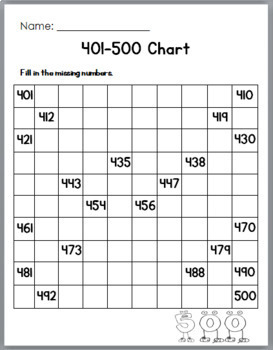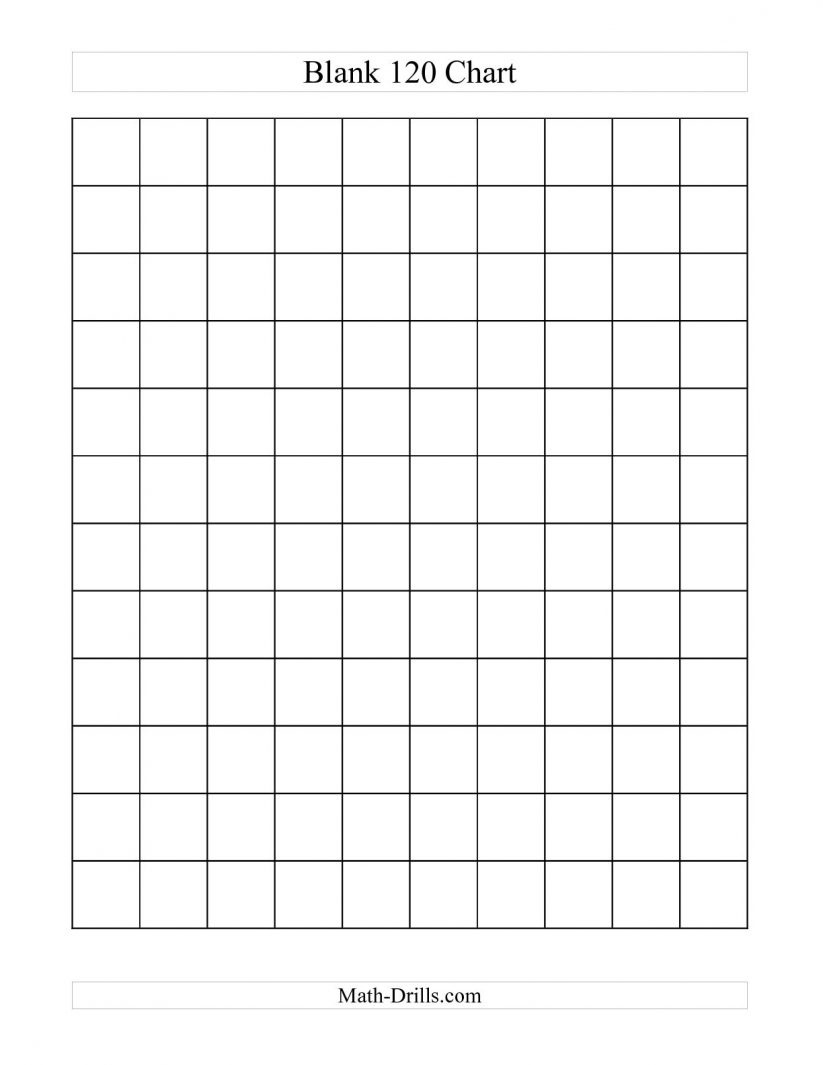

Put your palm on the person's forehead and gently tilt the head back. If you're trained in CPR and you've performed 30 chest compressions, open the person's airway using the head-tilt, chin-lift maneuver. If you have been trained in CPR, go on to opening the airway and rescue breathing. If you haven't been trained in CPR, continue chest compressions until there are signs of movement or until emergency medical personnel take over.The American Heart Association suggests performing compressions to the beat of the song "Stayin' Alive." Allow the chest to spring back (recoil) after each push. Push hard at a rate of 100 to 120 compressions a minute.Use your entire body weight (not just your arms) when doing compressions. Push straight down on (compress) the chest at least 2 inches (5 centimeters) but no more than 2.4 inches (6 centimeters).Keep your elbows straight and position your shoulders directly above your hands. Place your other hand on top of the first hand.

120 NUMBER FILL IN FREE HOW TO
To learn CPR properly, take an accredited first-aid training course, including CPR and how to use an automated external defibrillator (AED).Ĭompressions means you'll use your hands to push down hard and fast in a specific way on the person's chest. The dispatcher can instruct you in the proper procedures until help arrives. If you are untrained and have immediate access to a phone, call 911 or your local emergency number before beginning CPR. The lack of oxygen-rich blood can cause brain damage in only a few minutes. When the heart stops, the body no longer gets oxygen-rich blood.

The above advice applies to situations in which adults, children and infants need CPR, but not newborns (infants up to 4 weeks old).ĬPR can keep oxygen-rich blood flowing to the brain and other organs until emergency medical treatment can restore a typical heart rhythm. If you've previously received CPR training but you're not confident in your abilities, then just do chest compressions at a rate of 100 to 120 a minute (details described below). Start CPR with 30 chest compressions before giving two rescue breaths. If there is no pulse or breathing within 10 seconds, begin chest compressions. If you're well-trained and confident in your ability, check to see if there is a pulse and breathing. That means uninterrupted chest compressions of 100 to 120 a minute until paramedics arrive (described in more detail below). If you're not trained in CPR or worried about giving rescue breaths, then provide hands-only CPR. Here's advice from the American Heart Association: The difference between doing something and doing nothing could be someone's life. It does not store any personal data.If you're afraid to do CPR or unsure how to perform CPR correctly, know that it's always better to try than to do nothing at all. The cookie is set by the GDPR Cookie Consent plugin and is used to store whether or not user has consented to the use of cookies. The cookie is used to store the user consent for the cookies in the category "Performance". This cookie is set by GDPR Cookie Consent plugin. The cookie is used to store the user consent for the cookies in the category "Other. The cookies is used to store the user consent for the cookies in the category "Necessary". The cookie is set by GDPR cookie consent to record the user consent for the cookies in the category "Functional". The cookie is used to store the user consent for the cookies in the category "Analytics". These cookies ensure basic functionalities and security features of the website, anonymously. Necessary cookies are absolutely essential for the website to function properly.


 0 kommentar(er)
0 kommentar(er)
